Pecan Stem End Blight Control: Treating Pecans With Stem End Blight

Do you grow pecans? Have you noticed issues with the nuts falling from the tree in summer following pollination? Nut trees can be affected by pecan stem end blight, a disease you’ll want to get ahead of before entire crops are lost.
About Pecans with Stem End Blight
This fungus normally attacks during the water stage of growth and progresses. If you look inside before the shell forms, you’ll find a brown liquid that's not at all appetizing. Not all nuts will be affected, but enough that your harvest can be severely lessened. Sunken, black, shiny lesions appear and spread to the shuck, the result of stem end blight of pecans. The fungus, Botryosphaeria dothidea, is thought to spread by insects as they feed on the nuts. Pecans with stem end blight are sometimes found in clusters where other nuts are developing normally.
Stem End Blight Treatment in Pecans
Stem end blight treatment is not always effective and sometimes does not work at all. Foliar fungicide treatment can sometimes get the fungus under control but is best applied in winter for prevention and to save your whole crop. Summer control rarely eradicates stem end blight but can slow it down. Sprays with benomyl-type fungicide are found to work best. Proper care of your pecan trees is the best way to prevent attacks such as this and from other fungus and disease. You may also plant disease resistant trees when replacing those in the orchard. Keep trees healthy by providing good drainage and applying appropriate fungicide treatments at the right time. This lowers susceptibility of your trees to pecan stem end blight. Spacing trees far enough apart to offer good air circulation is important in avoiding the fungus as well. And, again, do appropriate spraying to keep your valuable trees protected from all fungus, pathogens, and disease. Don’t confuse fruit drop from stem end blight of pecan with other problems that cause nuts to fall off the tree prematurely, such as shuck dieback on Success and Success hybrids.
Gardening tips, videos, info and more delivered right to your inbox!
Sign up for the Gardening Know How newsletter today and receive a free copy of our e-book "How to Grow Delicious Tomatoes".

Becca Badgett was a regular contributor to Gardening Know How for ten years. Co-author of the book How to Grow an EMERGENCY Garden, Becca specializes in succulent and cactus gardening.
-
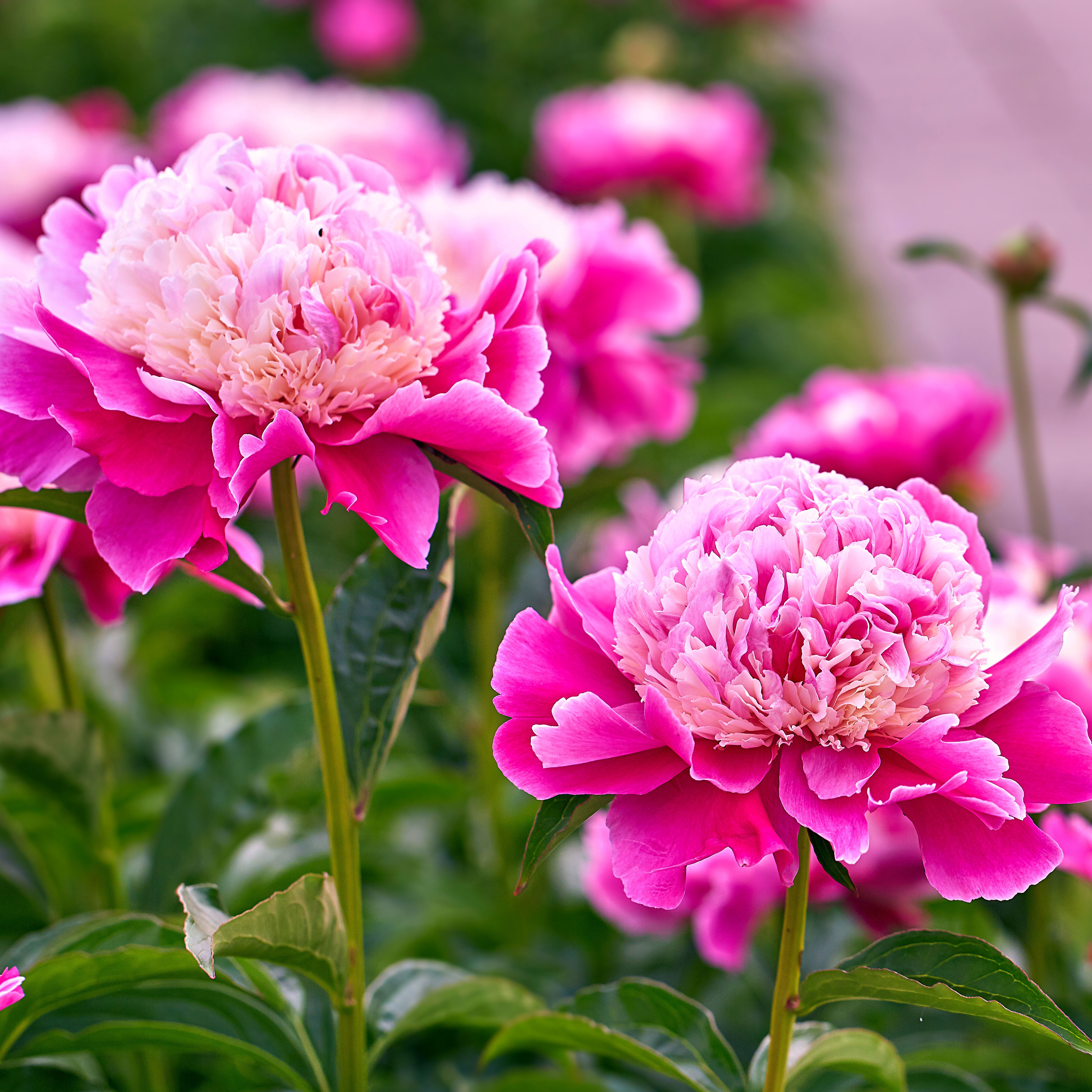 Grow These 8 Pretty Peony Colors To Include In Your Garden For A Spectacular Spring Rainbow
Grow These 8 Pretty Peony Colors To Include In Your Garden For A Spectacular Spring RainbowThere are as many shades of peony as there are types of garden – each more gorgeous than the last. Discover some of the most exhilarating peony colors for your yard
By Teo Spengler
-
 Best Soil Tor Tomatoes: How To Cultivate The Perfect Blend & Add Amendments For A Bountiful Harvest
Best Soil Tor Tomatoes: How To Cultivate The Perfect Blend & Add Amendments For A Bountiful HarvestGive your tomato plants the foundation they need. Learn how to mix the ideal soil and choose the right amendments for your most abundant harvest yet.
By Amy Grant
-
 From Harvest To Table: How To Make The Perfect Pecan Pie
From Harvest To Table: How To Make The Perfect Pecan PieFall is pecan harvest time, which means it’s also time for the perfect pecan pie recipe. Read on for more.
By Amy Grant
-
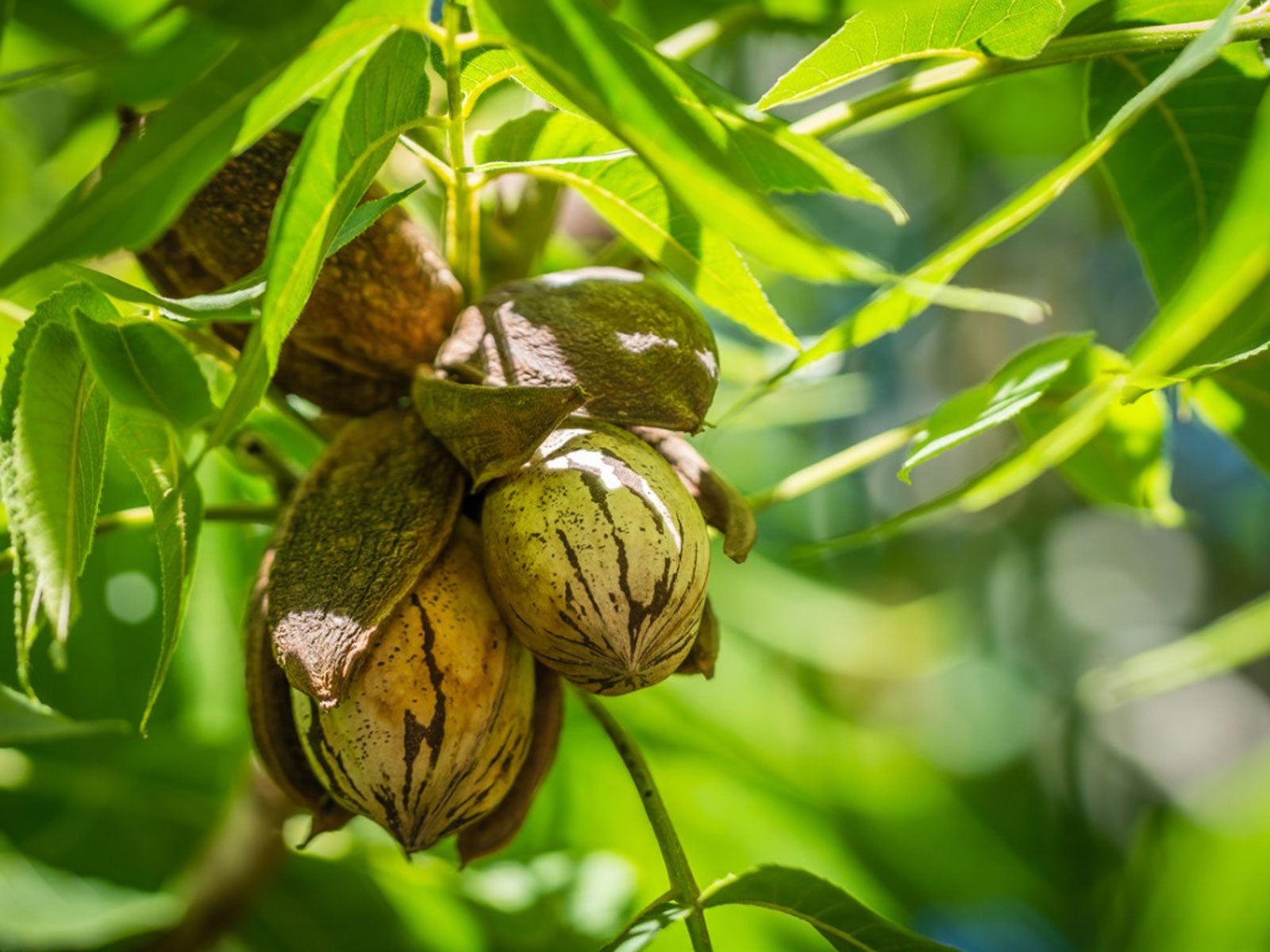 Root Pecan Cuttings – Can You Grow Pecans From Cuttings
Root Pecan Cuttings – Can You Grow Pecans From CuttingsPecans are delicious, so much so that if you have a mature tree, your neighbors are likely envious. You may want to root pecan cuttings in order to grow a few trees for gifting. Will pecans grow from cuttings though? Click here for info on pecan cutting propagation.
By Teo Spengler
-
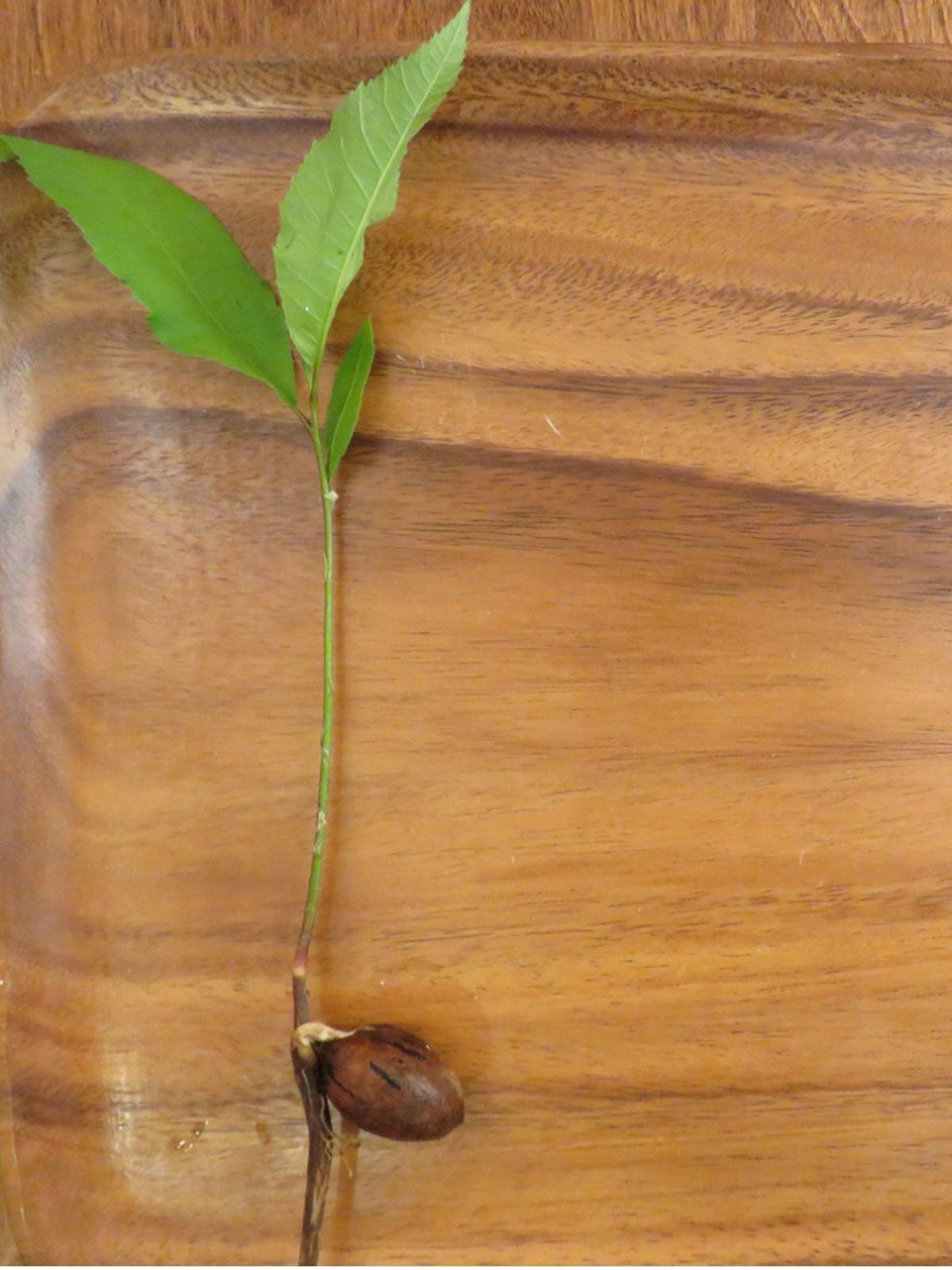 How To Plant Pecans: Learn About Sowing Pecan Seeds
How To Plant Pecans: Learn About Sowing Pecan SeedsGrowing pecans from seed is not as simple as it sounds. Sowing pecan seeds is only one step in a complex process of growing a nut producing tree. Can you plant a pecan seed? Click here to find out and get tips on how to plant pecans and pecan seed germination.
By Teo Spengler
-
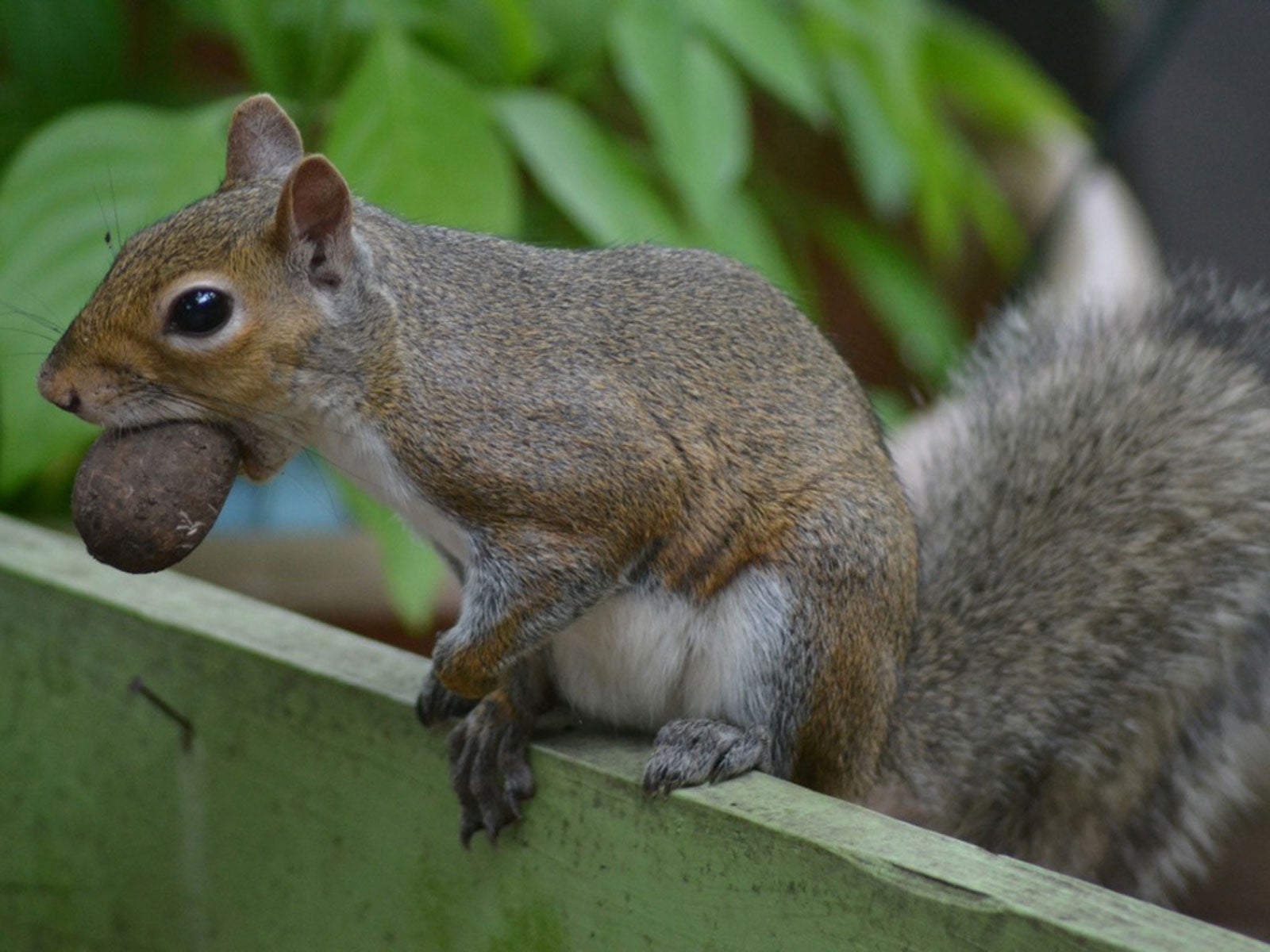 Help, Pecans Are Gone: What’s Eating My Pecans Off The Tree
Help, Pecans Are Gone: What’s Eating My Pecans Off The TreeIt’s definitely unpleasant to walk outside to admire your pecan tree and find half your nuts are gone! You may begin to wonder what could be eating your pecans. Click this article for ideas on different pests that eat pecans so you can save more of the tasty nuts for yourself.
By Teo Spengler
-
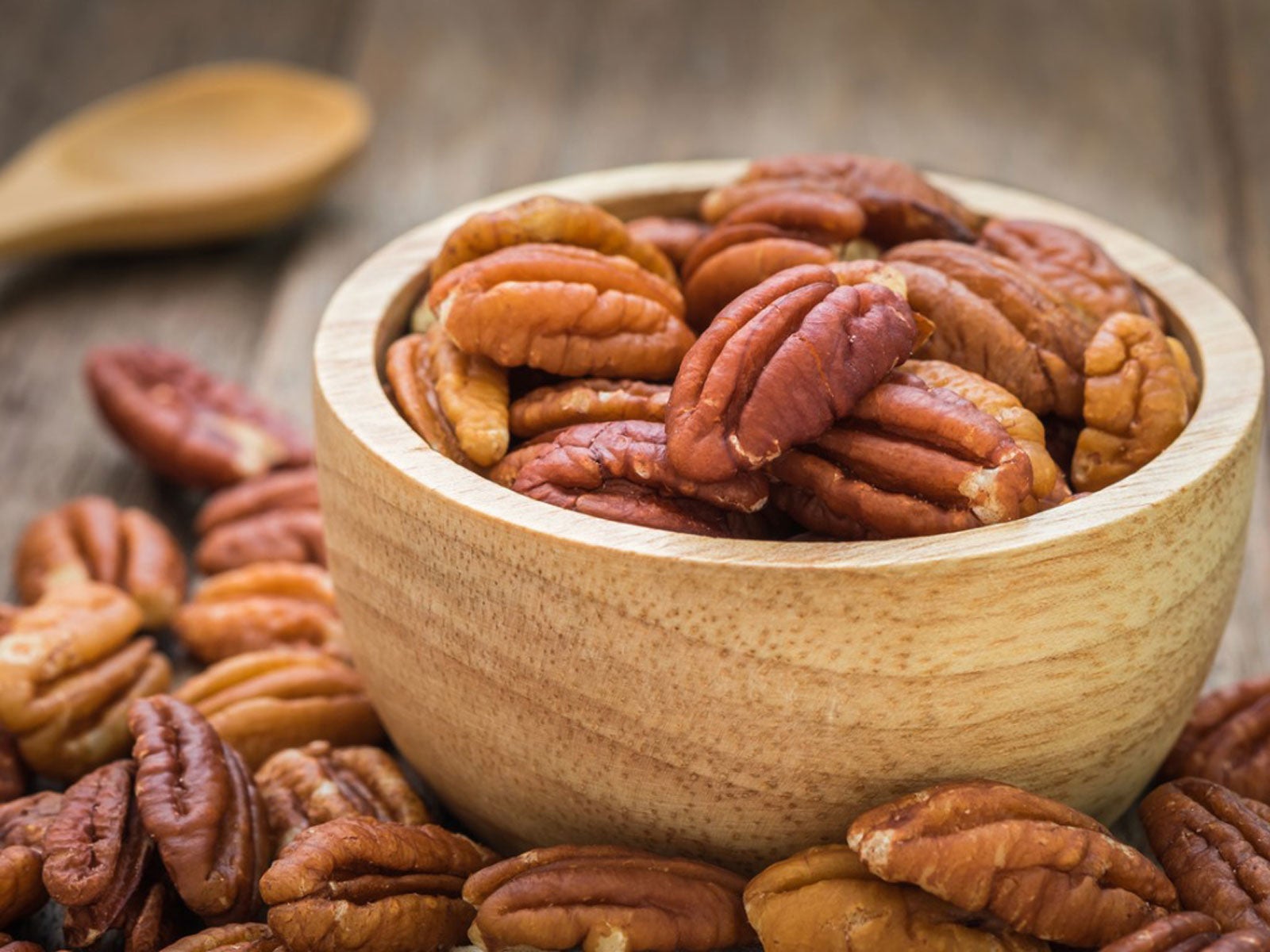 Using Pecans In The Kitchen: What To Do With Pecans
Using Pecans In The Kitchen: What To Do With PecansWith such a large quantity of nut production, one might wonder what to do with pecans. Cooking with pecans is the most common of uses, but there are other ways of using pecans. If you are lucky enough to have access to a pecan tree, learn how to use pecans here.
By Amy Grant
-
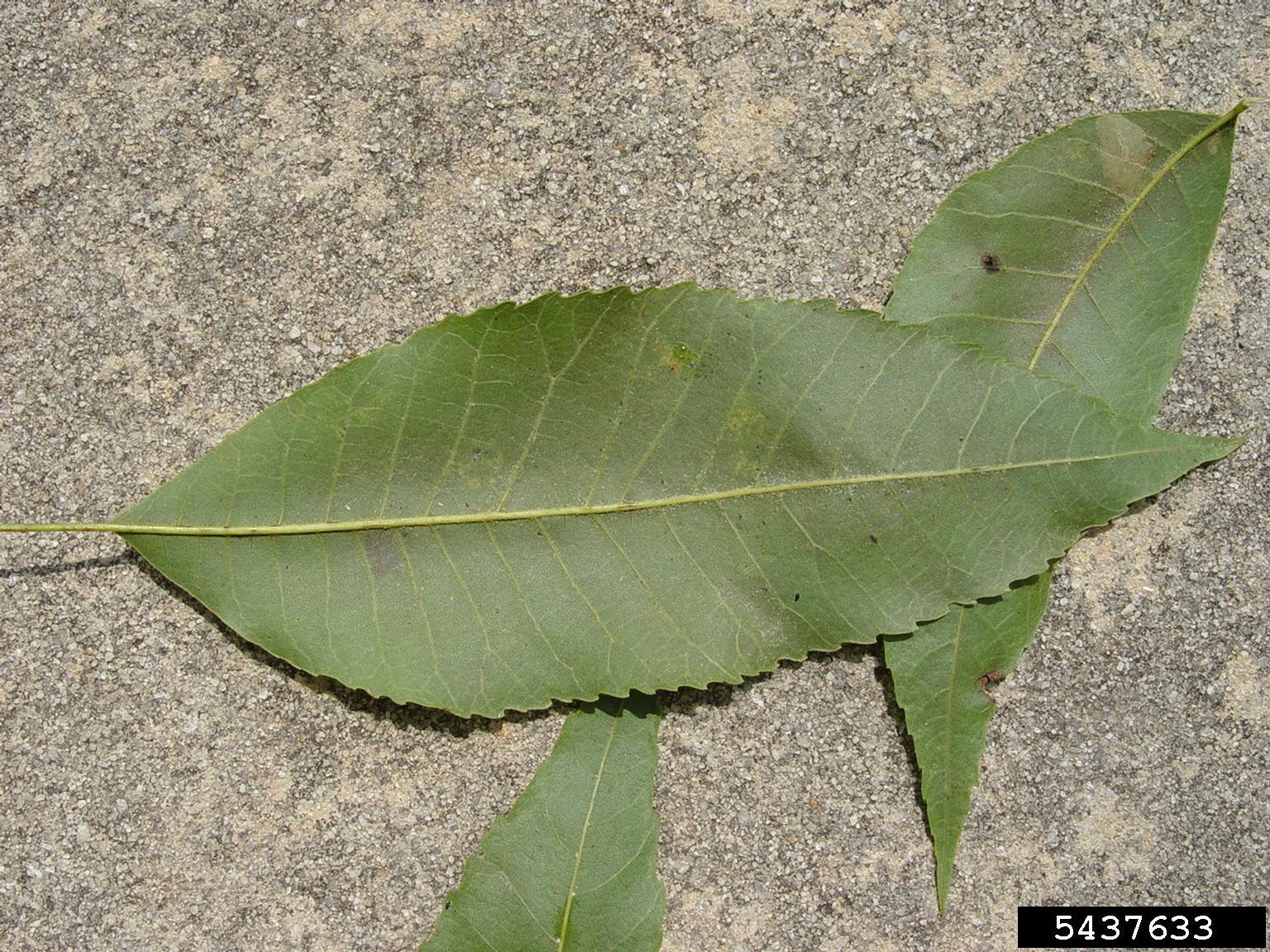 Pecan Bacterial Leaf Scorch: Treating Bacterial Leaf Scorch Of Pecans
Pecan Bacterial Leaf Scorch: Treating Bacterial Leaf Scorch Of PecansWhile pecan bacterial leaf scorch (PBLS) does not kill pecan trees, it can result in significant losses. The following article discusses the symptoms and treatment for a pecan tree with bacterial leaf scorch. Click here for more information.
By Amy Grant
-
Pecan Downy Spot Control – How To Treat Downy Spot Of Pecans
Downy spot of pecans is a fungal disease affects the overall vigor of the tree, thus pecan downy spot control is integral to its health. The following article contains information on pecan downy spot symptoms and tips for treating a pecan tree with downy spot.
By Amy Grant
-
Pecan Vein Spot Control – Learn About Pecan Vein Spot Disease
Pecan vein spot disease is caused by the fungus Gnomonia nerviseda. The disease does not appear on shoots or nuts, only foliage and only in pecan trees. The good news is that the disease is infrequent, causes little crop loss and can be prevented. This article will help.
By Bonnie L. Grant